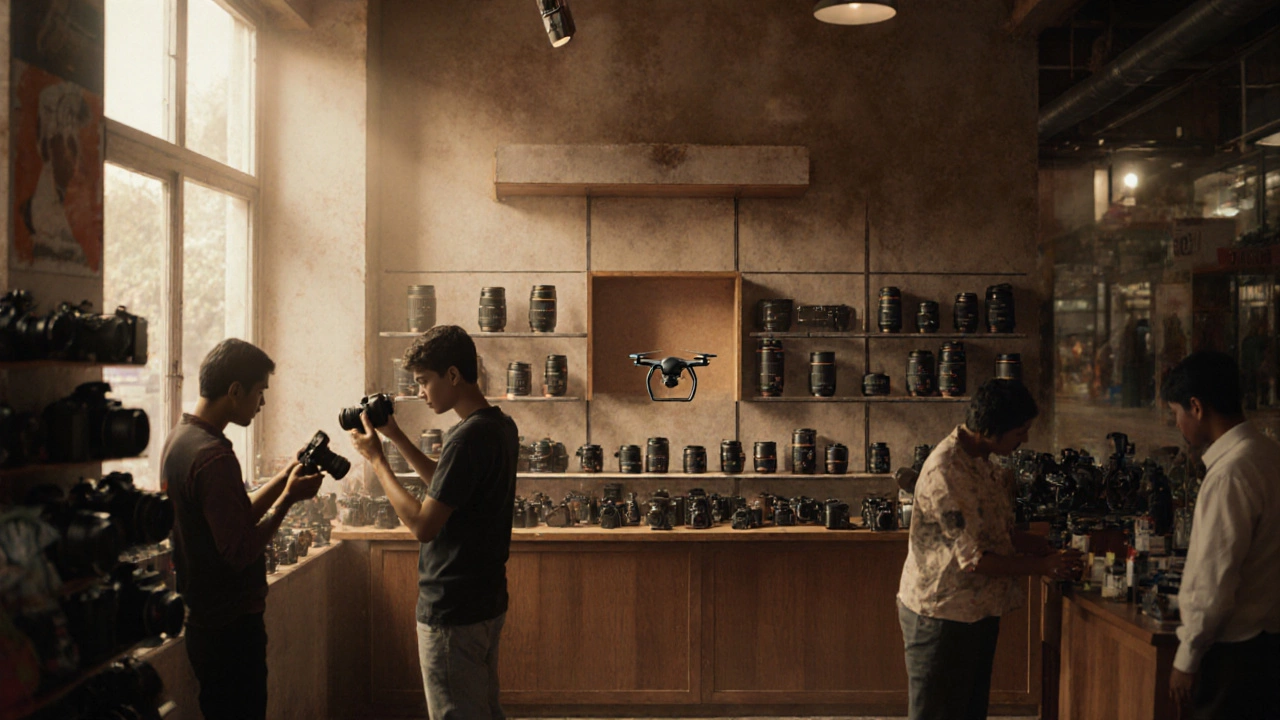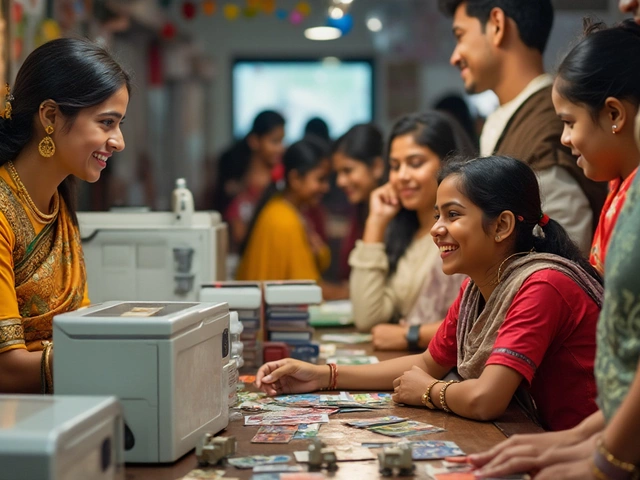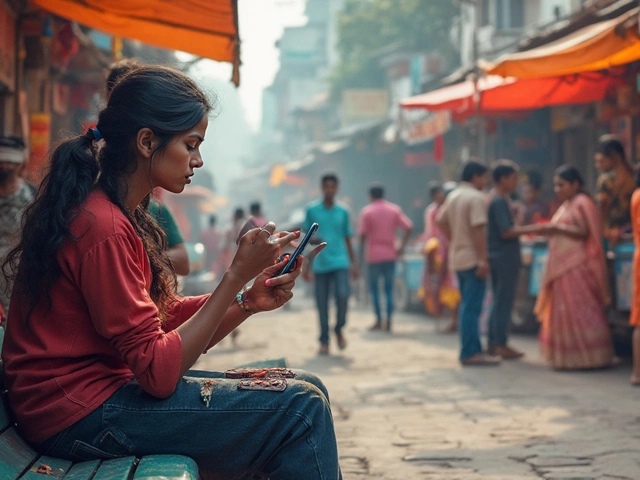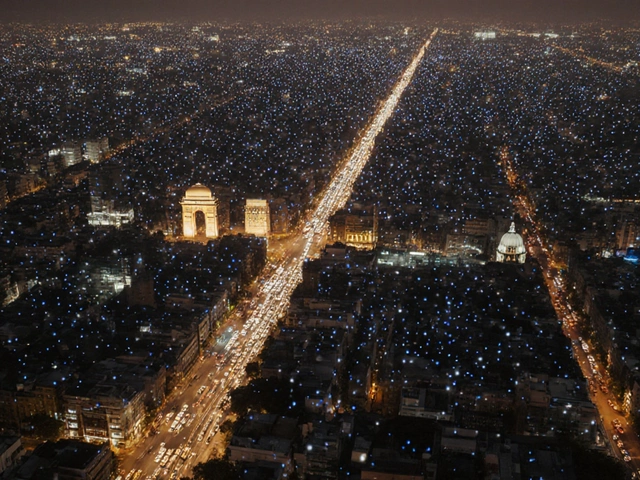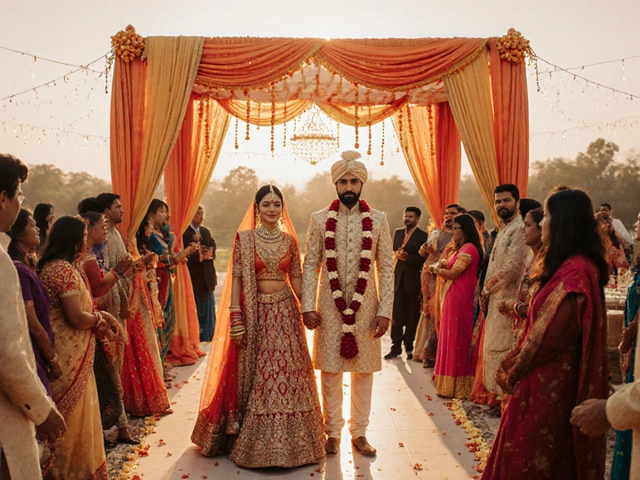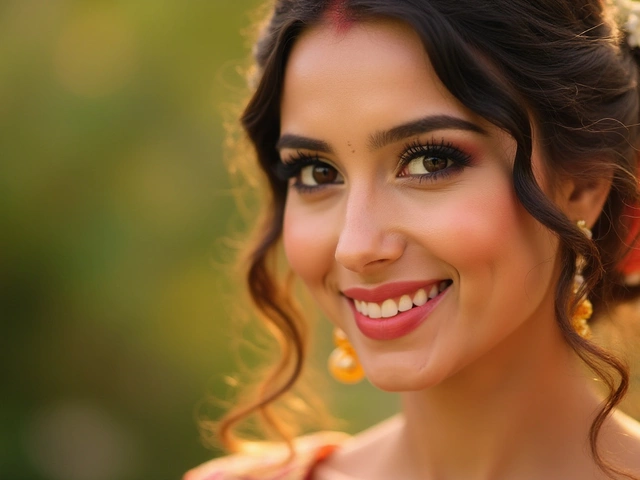When you walk into a camera shop in Mumbai or Delhi, you’ll find the latest mirrorless bodies, lenses, and lighting gear, but the shelves are oddly empty of consumer drones. For photographers and videographers, that feels like a missing puzzle piece, especially when you see stunning aerial shots on Instagram that look effortless. The real question is: why are drones not sold in India? The answer lies in a mix of tight regulations, security concerns, and a bureaucratic process that makes importing and selling drones a headache for retailers.
What the Indian Law Says About Drones
Drones are defined by the Indian government as unmanned aerial vehicles (UAVs) that can be remotely piloted or operate autonomously for commercial, recreational, or governmental purposes. The primary regulator is the Directorate General of Civil Aviation (DGCA), which enforces the Civil Aviation Requirements (CAR) Section 3 issued under the Drone Regulation Act 2021. These rules apply to every UAV that weighs more than 250 grams and intends to fly in Indian airspace.
Key Restrictions That Block Direct Sales
| Aspect | Limit / Requirement | Impact on Sales |
|---|---|---|
| Maximum Take‑off Weight | ≤ 250 g without permission; up to 7 kg with DGCA clearance | Retailers must verify weight and obtain permits per unit |
| Altitude Ceiling | ≤ 400 ft AGL (Above Ground Level) | Limits commercial use; many hobby drones exceed this |
| Mandatory Registration | All UAVs > 250 g must be registered on the Digital Sky portal | Retailers need to assist customers with registration, adding cost and time |
| NPNT (No‑Permission‑No‑Takeoff) System | Drone must receive a live flight permission code before each take‑off | Only drones with built‑in NPNT modules can be sold legally |
| Import Duty & Customs | Up to 30 % duty + GST on UAVs, plus a special security surcharge | Raises retail price dramatically, squeezing margins for stores |
| Geofencing & Restricted Zones | Flight prohibited near airports, military bases, and certain heritage sites | Retailers must provide geofencing‑enabled models, limiting brand options |
These rules create a steep compliance curve. A typical camera shop would need to store a certification certificate for each drone model, train staff on the NPNT activation process, and maintain a link with the Digital Sky portal to verify serial numbers. Most small retailers can’t justify the overhead, so they simply avoid stocking drones altogether.
Why the Government Tightened the Rules
- National Security: UAVs can be used for espionage or smuggling. By controlling who can own them, the DGCA reduces the risk of illicit surveillance.
- Airspace Safety: India’s air traffic is dense, especially around major cities. Unregulated drones could interfere with commercial flights.
- Privacy Concerns: There have been public outcries over drones filming private property without consent, prompting stricter privacy safeguards.
- Defense Industry Protection: Indigenous drone manufacturers receive subsidies; limiting imports protects local industry growth.
All of these reasons feed into a policy that favors a controlled market over an open consumer one.
How Photographers Can Still Get Their Hands on a Drone
If you’re a photographer based in India, you’re not completely out of options. Here’s a practical roadmap:
- Register on Digital Sky: Create an account with your Aadhaar‑linked mobile number. The portal will generate a unique UAV Identification Number (UIN) for each drone you own.
- Choose a DGCA‑approved model: Look for drones that advertise “NPNT‑enabled” and “DGCA certified.” Brands like DJI, Parrot, and Autel have specific variants cleared for the Indian market.
- Apply for a Flight Permission: Before every shoot, log into Digital Sky, input the UIN, select the flight area, and receive a 6‑digit permission code. The drone’s app will ask for that code before the motors spin.
- Consider Rental Services: Companies in major metros now offer day‑rate rentals that include registration and flight permission handling. This bypasses the need for you to own a drone.
- Explore Local Partnerships: Some photography studios partner with drone operators. You can hire a certified pilot for high‑value projects without dealing with the paperwork yourself.
While these steps add friction, they also ensure you stay on the right side of the law and avoid hefty fines-DGCA can levy up to ₹1 crore for unauthorized UAV operations.
Impact on the Indian Drone Photography Scene
The restrictions have a ripple effect on the creative community. Prices for permissible drones hover around ₹90,000-₹120,000, compared to ₹40,000 for the same models abroad. That price gap forces many freelancers to either rent or use alternative techniques such as:
- Helicopter or kite‑mounted cameras for large‑scale events.
- Hand‑held gimbal rigs that simulate smooth aerial motion.
- Post‑production stitching of ground‑level shots to create a pseudo‑bird’s‑eye view.
Nevertheless, the market is thriving in a niche way. Drone‑focused agencies in Bangalore and Hyderabad have built businesses around compliance, offering end‑to‑end services from registration to on‑site piloting.
What the Future Might Hold
There are signs that the Indian government is gradually easing the rules. In early 2025, a draft amendment proposed a tiered licensing system: hobbyists with drones under 250 g could fly without a DGCA permit, provided they stay under 100 ft and stay away from restricted zones. If passed, this would open the door for affordable, lightweight models to finally hit retail shelves.
Furthermore, the Ministry of Civil Aviation announced a partnership with a local UAV manufacturer to develop a “Made‑in‑India” drone that meets all NPNT and geofencing standards. A domestic supply chain could cut import duties, bringing prices down by roughly 30 %.
Until those policies become law, the best strategy for photographers is to stay informed, use compliant equipment, and leverage rental or partnership models.
Quick Checklist for Indian Drone Users
- Register every UAV > 250 g on the Digital Sky portal.
- Buy only DGCA‑approved, NPNT‑enabled drones.
- Obtain a flight permission code before each take‑off.
- Stay below 400 ft and respect geofencing zones.
- Keep documentation (UIN, permission receipt) handy during shoots.
Following this checklist keeps you legal, safe, and ready to capture those stunning aerial shots that set your portfolio apart.
Why can’t I buy a drone from a local shop?
Local retailers would need to certify each model, train staff on the NPNT system, and handle import duties. The cost and paperwork often outweigh the profit, so many choose not to stock drones.
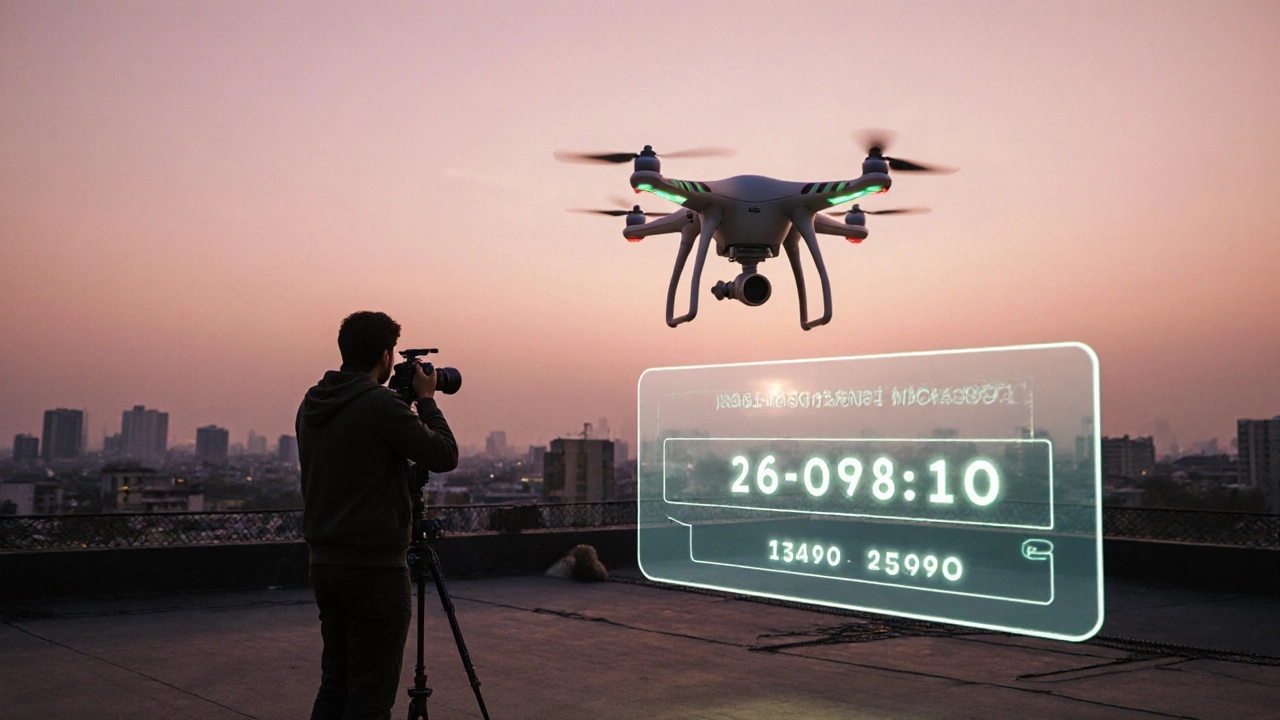
Do I need a license to fly a drone under 250 g?
As of October 2025, drones under 250 g can be flown recreationally without a DGCA permit, but you must stay below 100 ft and avoid restricted zones. Registration is still recommended for insurance purposes.
What is the NPNT system?
NPNT stands for “No‑Permission‑No‑Takeoff.” The drone contacts the Digital Sky server before each flight and receives a unique code. If the code isn’t present, the motors won’t start.
Can I import a drone myself?
Yes, but you’ll face a 30 % import duty, GST, and a security surcharge. You also need an import clearance number and must register the UAV on Digital Sky once it arrives.
Are there any upcoming rule changes?
A draft amendment under review could allow hobbyists to fly sub‑250 g drones without permission, provided they stay under 100 ft. Keep an eye on DGCA circulars for the final version.
